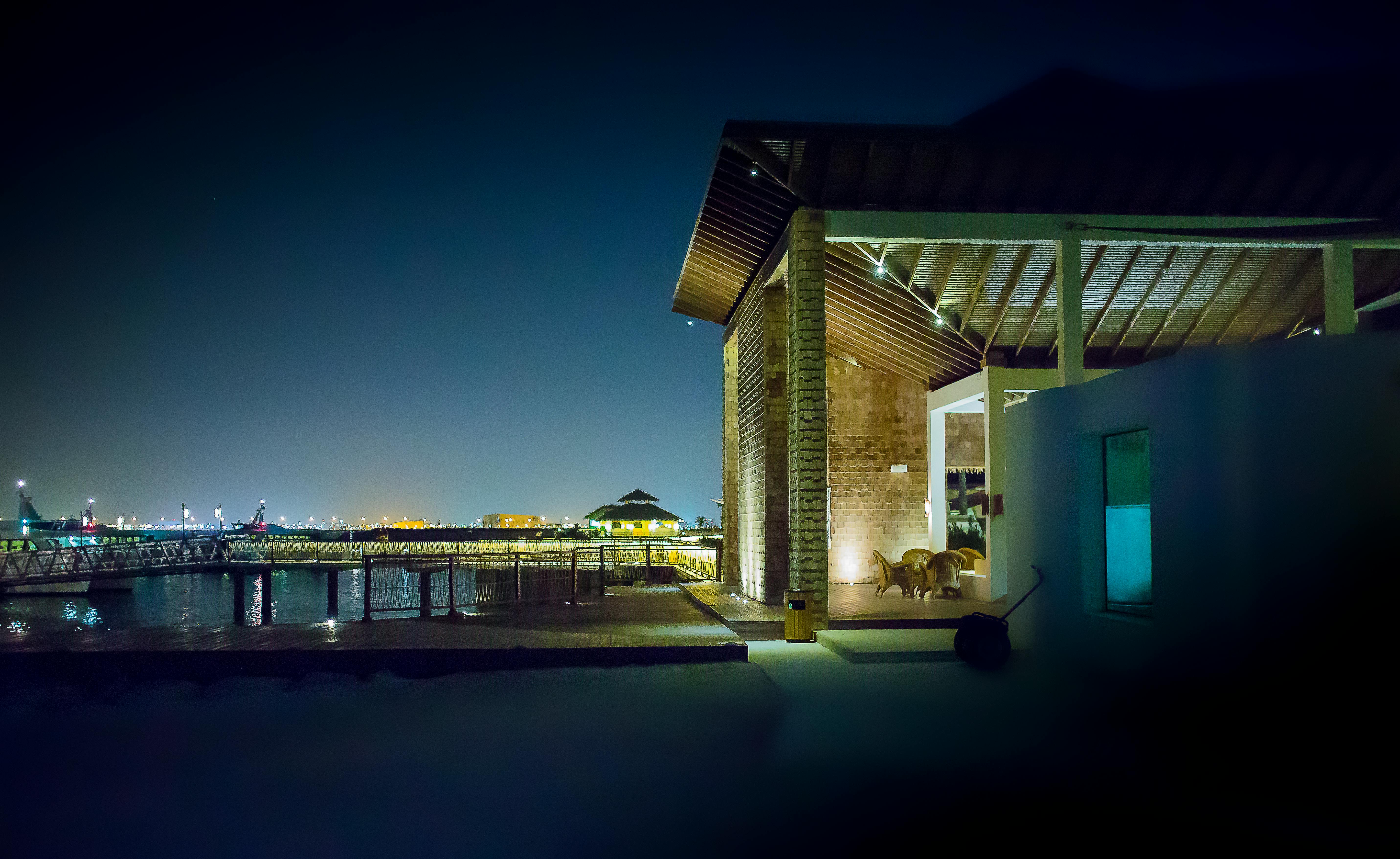LEONARDO DA VINCI (1452-1519)
Heaven smiled and he was born Da Vinci, Leonardo. The impact and resonance of his contribution to humanity is not measurable in mere mortal terms. Driven by an insatiable thirst for knowledge, his life’s work is an awe inspiring synthesis of art, science and technology.
How is it that a figure who lived nearly five centuries ago, continues to fascinate and engage our interest today? With the recent discovery of a study of a Da Vinci’s that had been sealed for centuries and the ongoing debate regarding the true origin of the alleged Da Vinci Code, time again has resurrected and revitalized interest in perhaps the greatest thinker of all time.
Born the illegitimate son of a notary, Leonardo was born in 1452 in a small farmhouse in Anchiano. In 1457 he moved to Vinci where he stayed with his fathers family even though he was never legitimized. At the age of 14 Leonardo moved to Florence to begin an apprenticeship in the workshop of Verrocchio. At the time, Andrea del Verrochio was the most famous artist in Florence. During his tenure with Verrocchio, Leonardo learned the mixing of colors and painted simple parts of paintings. In June, 1472, Leonardo was listed as a member of the Painters Guild of Florence.
The Annunciation
The Annunciation, painted in 1480-1481, now hangs in the Louvre. It is a small painting with a deep and misty landscape with highly detailed flowers in the foreground, very typical of Leonardo’s style during his time in Florence.
THE LAST SUPPER
By far one of the most famous paintings of all time, the Last Supper was painted between 1495 and 1498 at the Santa Maria delle Grazie Monastery in Milan. This biblical scene, commissioned by the Friars of Saint Dominic is significant for it’s incredible composition and the subtle emotional interplay between the apostles. Featuring great dexterity and mastery of the human form, this compelling work is at once a moving testament to Christianity and a marvel of DaVinci’s virtuosity and technical finesse of him as a painter. This painting firmly establishes Leonardo’s position as the supreme master artist of the high renaissance. At all times, Christ is the central focus of the scene. This is accomplished by placing Christ in the center of the painting and by placing all of the spatial lines and perspective points within the framework of the painting to draw the viewer to the very center of the tableau. The apostles are in fact supporting characters and each and every figure is majestically formed to frame and enhance the focus on the Christ figure. The years surrounding the period in which the Last Supper was painted were periods of intense anatomical studies for Da Vinci. It is a well known fact that Leonardo dissected cadavers in order to fully understand the complex workings of the muscles and inner workings of the human body. Of huge importance is to understand that the individual apostles are reacting to Christ’s announcement that a traitor is among them. This is the very heart of this timeless, enduring image. The “Pathos” of each figure is brilliantly executed through gestures and reactions that reveal each apostle’s individual astonishment, disbelief, and fear. Certainly one of the worlds most widely copied paintings, The Last Supper has greatly deteriorated over the years. This was due to Da Vinci’s experimentation with pigments and the natural time-related decay. Initial conservation efforts date back to the early 18th century. The most recent restorations lasted twenty years concluding in June 1999.
MONA LISA FROM THE GIACONDA
Began in 1503, the Mona Lisa was a commissioned portrait of the Florentine nobleman, Francesco di Bartolommeo di Zanobi de Giocondo’s third wife, Lisa di Antonio Maria di Noldo Gjerardini at the age of twenty four. Painted on poplar wood, the iconic imagery of the Mona Lisa is so ingrained into western culture that the enigmatic smile of the mysterious woman is nearly synonymous with art, itself. As with many of da Vinci’s works, this painting has a stunning history. The allure and myth of the work Is matched with the technical and artistic virtuosity of the piece. The subtlety of the magnificent smile, the richly layered and highly detailed background are hallmarks of a process known as sfumato. Using layers and layers of glazes, the illusion of depth is achieved. This technique, highly developed by the Dutch masters, was adopted and perfected to such a degree by Leonardo that it became a Da Vinci trademark. Another fine example of sfumato is The Virgin of The Rocks (1484) National Gallery, London.
The original Mona Lisa was actually larger than the present 77 x 53 cm. Originally, there were two columns one on each side of the figure which made it much clearer that the young woman is seated on a terrace. Leonardo worked on Mona Lisa for 4 years and kept the painting himself. Some believe that he was simply unable to part with it. Nine years later, arriving in France, the painting was in his baggage of him, and was sold to King Francis I. Amboise, Fountainbleau, Versailles, Ludwig XIV’s collection and the Louvre were all homes to this alluring masterpiece. Napolean removed the painting from the Louvre and hung it in his bedroom. Upon his banishment from him to Elba, the Mona Lisa was returned to the Louvre.
In 1911, the painting was stolen by an Italian art thief. Ironically, two years later, the Mona Lisa resurfaced in Florence, the city of its true origin! Eventually the painting made it’s way back to the Louvre. In the 60s and 70’s, The Mona Lisa was exhibited in New York, Tokyo and Moscow. Today the masterpiece is in permanent residence in the Louvre and international law prohibits any foreign exhibition.
THE ARTIST AS NATURE’S OBSERVER
In addition to Leonardo’s extraordinary contributions to the world of art, his powers of divine intellect led him to explore many other fields of endeavor. The renaissance was the period in which science and art blended together in the search for the purest, logical, and analytical observation of nature. The Homo – Vitruvianus by Da Vinci is a study of proportions with the human figure inscribed in a circle and a square is a superb example of this philosophy and the period’s quest for scientific analysis.
Leonardo again placed himself at the forefront of this new age of reason and intellect. His commitment to him to observation of the human body is unsurpassed and included skeletal and muscle studies, respiratory and digestive systems and the evolution of the fetus within the womb. The collection of Leonardo’s anatomical studies consist of roughly two hundred folios and are kept at the Royal Library at Windsor, England. Additionally daVinci’s vast study of nature includes the action of light, the growth of plants and the flow of water.
THE SYTHESIS OF ART AND TECHNOLOGY
Considering the scope and vision of Leonardo’s power of expression and the multitude of interests that inspired and intrigued him, it would be next to impossible to list them all. His spirit of scientific inquiry coupled with a daring and inventive mind allowed him to explore and elaborate on inventions and concepts as varied as engines, gears and pulleys, flow mills and irrigational aqueducts. Fascinated with flight, Leonardo carefully observed birds and their wing structures. Applying these deceptively simple principles to mechanics and technology, he made numerous illustrations depicting machines of flight which are in essence the “working plans” for hang-gliders, planes and helicopters which exist today. This is but one of the many examples of why Leonardo da Vinci is considered an enigma that lived centuries ahead of his time.
AN INVITATION TO FRANCE
In autumn of 1516 Leonardo arrived in Amboise, at the invitation of King Francis I. He lived in the small castle cloux and pursued his hydrological studies. At the age of 67, the great master passed away on May 2, 1519. His health had severely deteriorated and paralysis had taken over the right side of his body. Leonardo da Vinci’s remains are in the Chapel of St. Hubert situated within the king castle complex in Amboise, France.
ST. JOHN THE BAPTIST
Considered the last of Leonardo’s verifiable works, this painting is strikingly different from previous visual conceptions of the saint. It is a powerful work in it’s subtle simplicity and contains four recurring elements or themes consistent with Da Vinci’s other dazzingly poetic paintings: the flowing curly hair defined with incredible precision, the enigmatic smile, peering through deep, dense shadows and perhaps most poignant, a finger pointing to heaven.
PICTURE INFORMATION AND SOURCES
1.) Self Portrait. 1512. Red Chalk on Paper. Royal Library. Turin, Italy.
2.) The Annunciation. c. 1472-1475. Oil and Tempera on Wood. Uffizi Gallery. Florence, Italy
3.) The Last Supper. 1495-1498. Oil and Tempera on Plaster. Fresco, 460 x 880 cm (15 x 29 ft)
Convent of Santa Maria delle Grazie, (Refectory). Milan, Italy.
4.) The Last Supper (detail of Jesus) see above.
5.) Mona Lisa. (The Mona Lisa) 1503-1506. Oil on Wood. Louvre, Paris, France.
6.) The Virgin of the Rocks. 1503-1506. Oil on Wood, 189.5 x 120 cm (6 x 4 ft.)
The National Gallery. London, England
7.) The Proportions of the Human Figure (Vitruvia Man). 1490. Pen, ink and watercolor over metalpoint.
Galleria dell’Accademia. Venice, Italy.
8.) Female genitals and fetuses in the uterus. 1510-1512. Windsor, Royal Library (RL 1901r: K/P 197v)
9.) Study for flying machines. C.1487-1490 (the so-called “helicopter”) Ms B f. 83v
10.) St. John the Baptist. c.1573-1516. Oil on Wood. Louvre, Paris, France.
WEBSITES AND WEBPAGE RESOURCES:
http://www.kausal.com/leonardo/
http://www.mos.org/leonardo
[http://www.iblibio.org/wm/paint/auth/vinci]
http://www.artchive.com.com/artchive/L/leonardo.html
http://library.thinkquest.org/3044/adv_over.html
[http://www.bbc.uk/science/leonardo/]
http://www.fordham.edu/halsall/source/vasari/.html
[http://www.island-offreedom.com/DAVINCI.HTML]
ADDITIONAL REFERENCES:
Leonardo da Vinci
By Carlo Pedretti
Published by TAJ Books
Cobham, Surrey
United Kingdom
renaissance
Great Ages of Man
Time-Life Books
Copyright 1965
Art: Context and Criticism
By John Kissick
Penn State University
Published by Wm.C. Brown Communications, Inc.
Copyright 1993.
This Article Copyright 2005 by John Keaton. All Rights Reserved.








